Building a Long-Lasting Privacy Fence with Steel Posts
When I bought my house, it came with a typical wooden privacy fence. After 18 years of service, it did what most wooden fences eventually do - it rotted out from the bottom up. The constant ground contact and moisture had taken their toll, causing the bottom boards to rot, the fence to sag in the middle, and eventually the posts themselves to fail.
I wanted to solve this problem permanently, not just replace it with another fence that would fail in the same way. Most wooden fences barely last 15 years in our climate. Once the bottom board rots, structural integrity is compromised, and it's all downhill from there.
The Design Solution
After examining the failure points of traditional wood fences, I developed a design that addresses each weakness:
- Concrete footings to keep the wooden components completely off the ground
- 2-3/8" steel tube posts that will never rot like traditional wooden posts
- Simpson Strong-Tie fence post connectors to securely attach the wooden frame to the steel posts
- Wooden post caps to maintain the aesthetic of a traditional wood fence while hiding the steel
This approach provides the best of both worlds: the attractive appearance of a wooden fence with the structural longevity of steel.
The Build Process
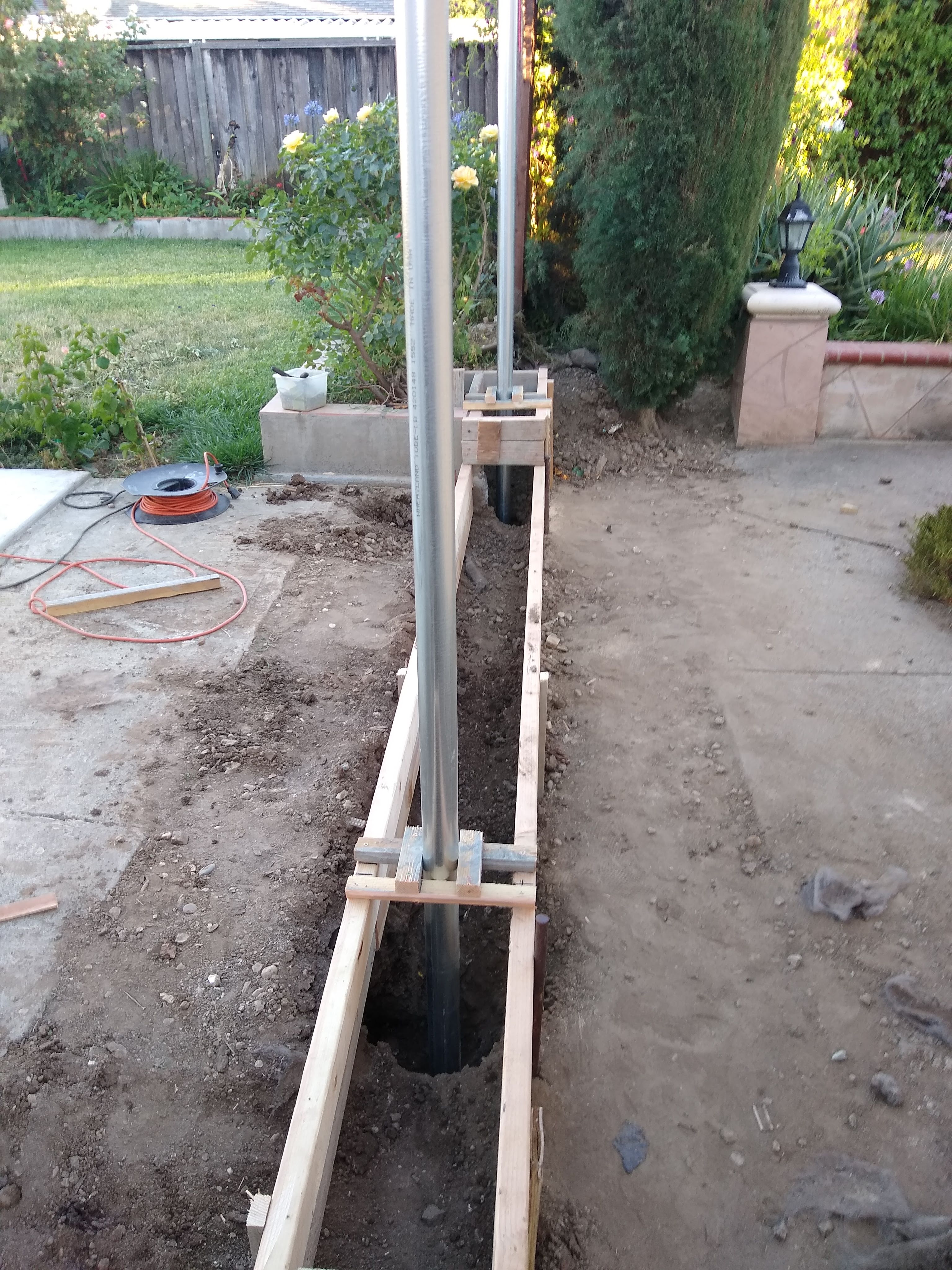
The first step was removing the old fence and setting up the new steel posts. I used 2-3/8" galvanized steel tubing, commonly used for chain link fences, but adapted for this wooden fence application. Each post was set in concrete, ensuring it would remain stable for decades.
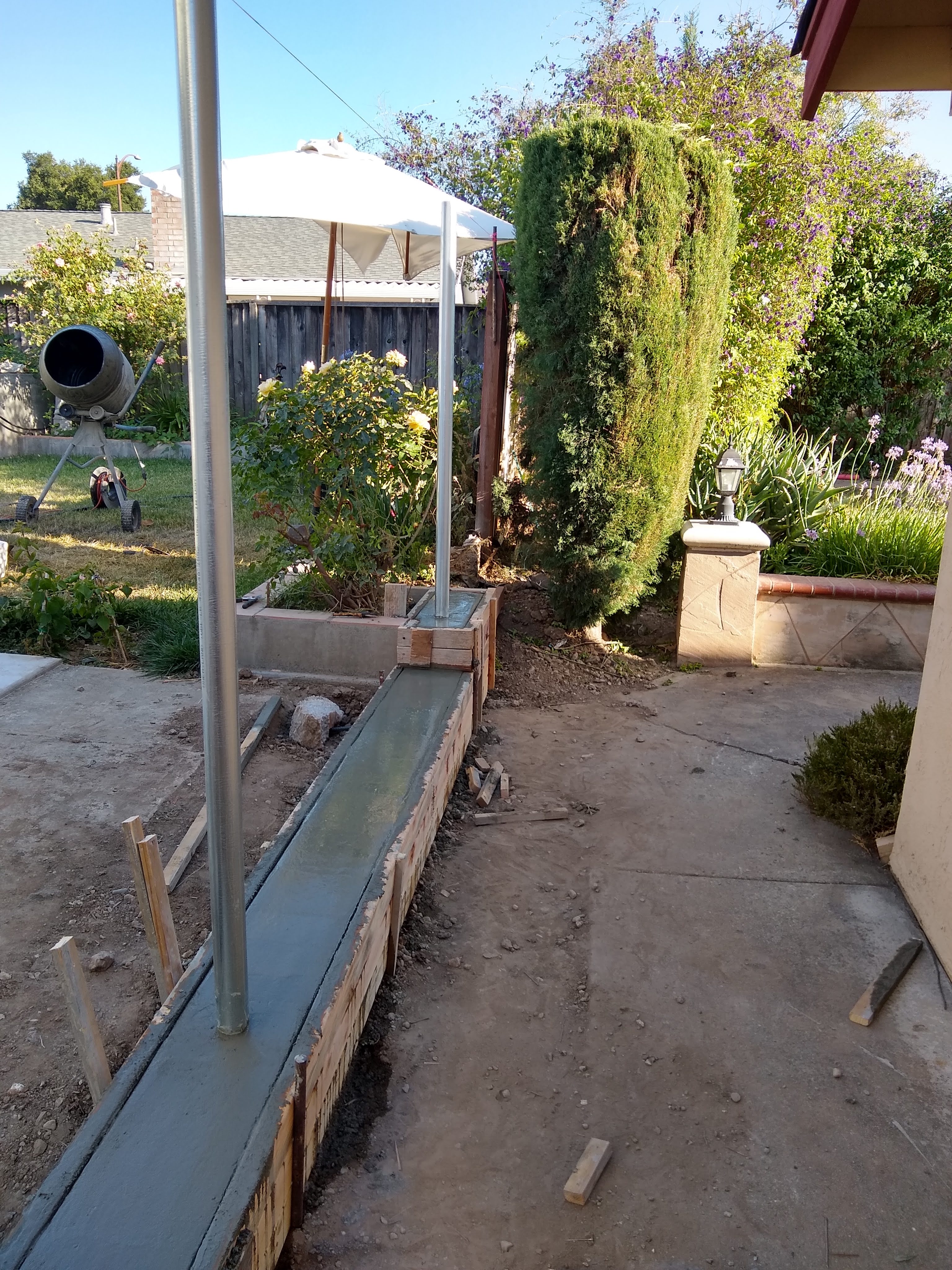
The concrete footings serve a dual purpose: they anchor the steel posts firmly and create a barrier that keeps the wooden components elevated off the soil. This elevation is crucial for preventing moisture wicking from the ground into the wood.
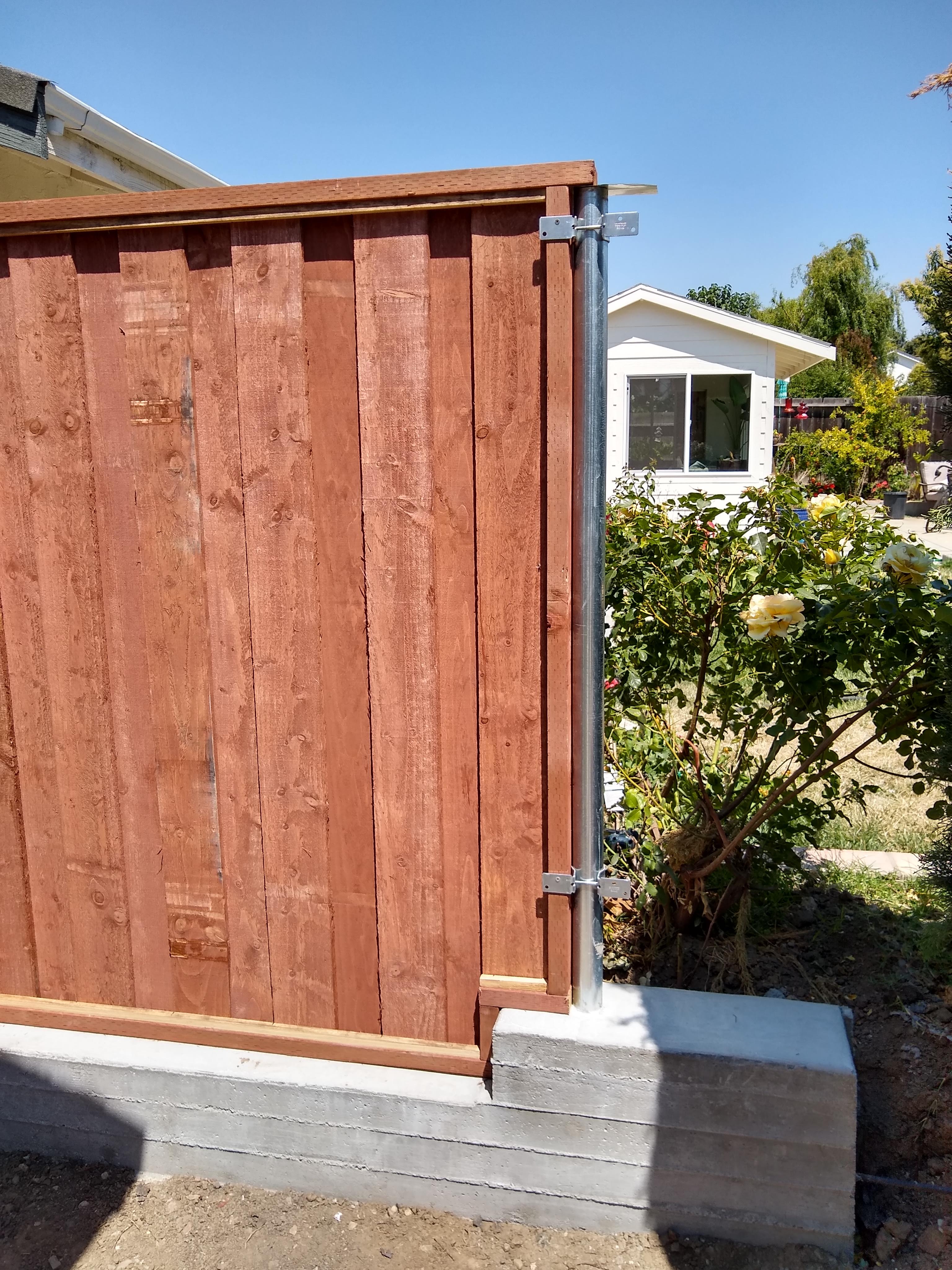
The Simpson Strong-Tie fence post connectors provide a secure mechanical connection between the wooden fence frame and the steel posts. These heavy-duty galvanized brackets are designed specifically for this type of application, offering excellent structural integrity.
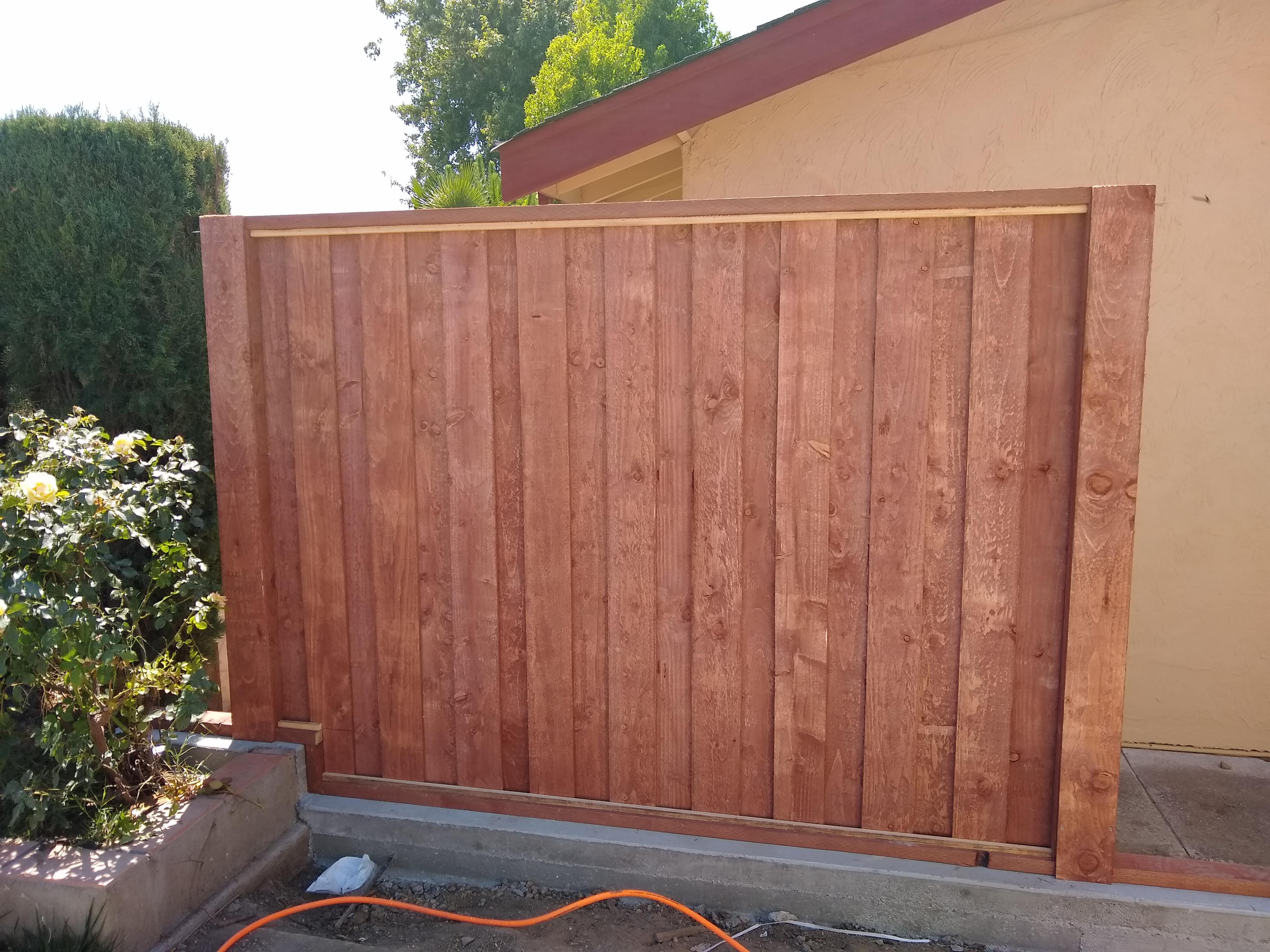
As the framework took shape, I began installing the wooden fence panels. With the structure properly elevated and secured to the steel posts, these panels should last significantly longer than in a traditional installation.
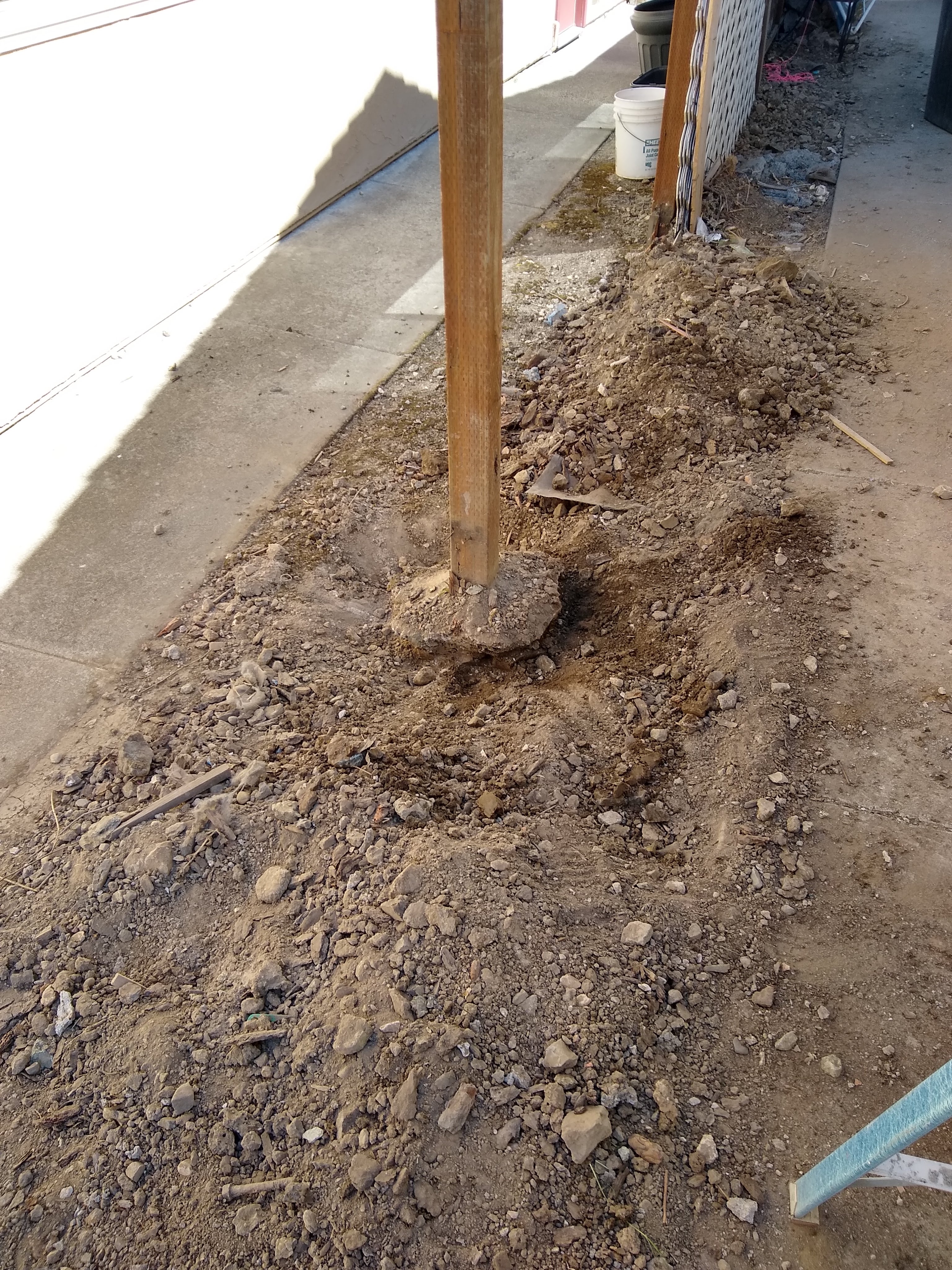
To maintain the classic look of a wooden fence, I capped each steel post with wooden post tops. From the outside, it looks like a standard wooden privacy fence, but with the structural advantages of steel posts.
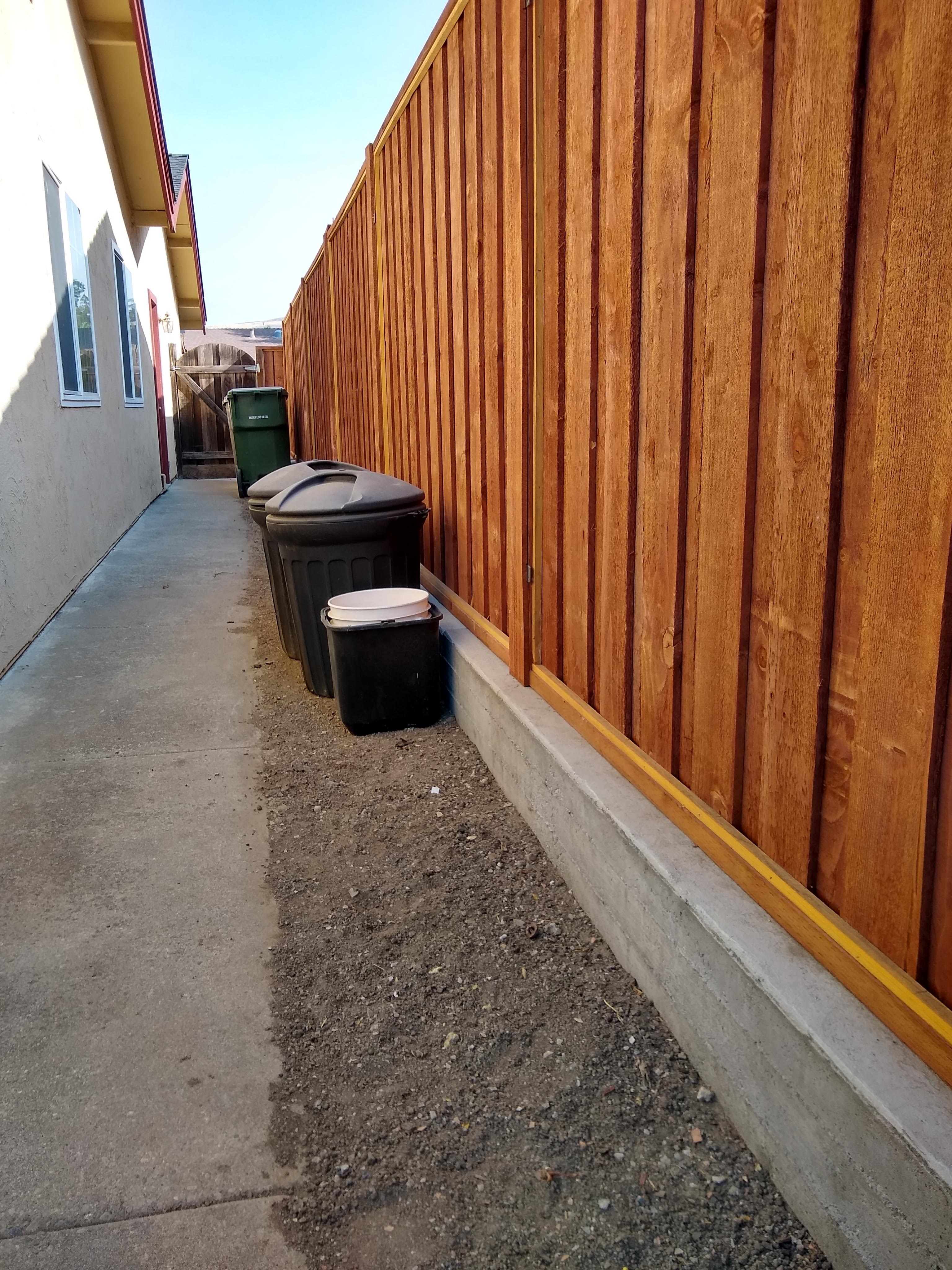
Cost and Longevity Benefits
Even with the premium materials like steel posts and Simpson Strong-Ties, this project still cost less than hiring a contractor to install a standard wooden fence. The real value, however, comes in longevity - this hybrid design should last at least 20-25 years, far outlasting traditional all-wood construction.
The best part is that when maintenance is eventually needed, I won't have to dig up and replace the posts. The steel framework can remain in place, and only the wooden components would need replacement - a much simpler and less expensive job.
For anyone tired of replacing their wooden fence every decade or so, this steel post method offers a practical, attractive, and cost-effective long-term solution.
